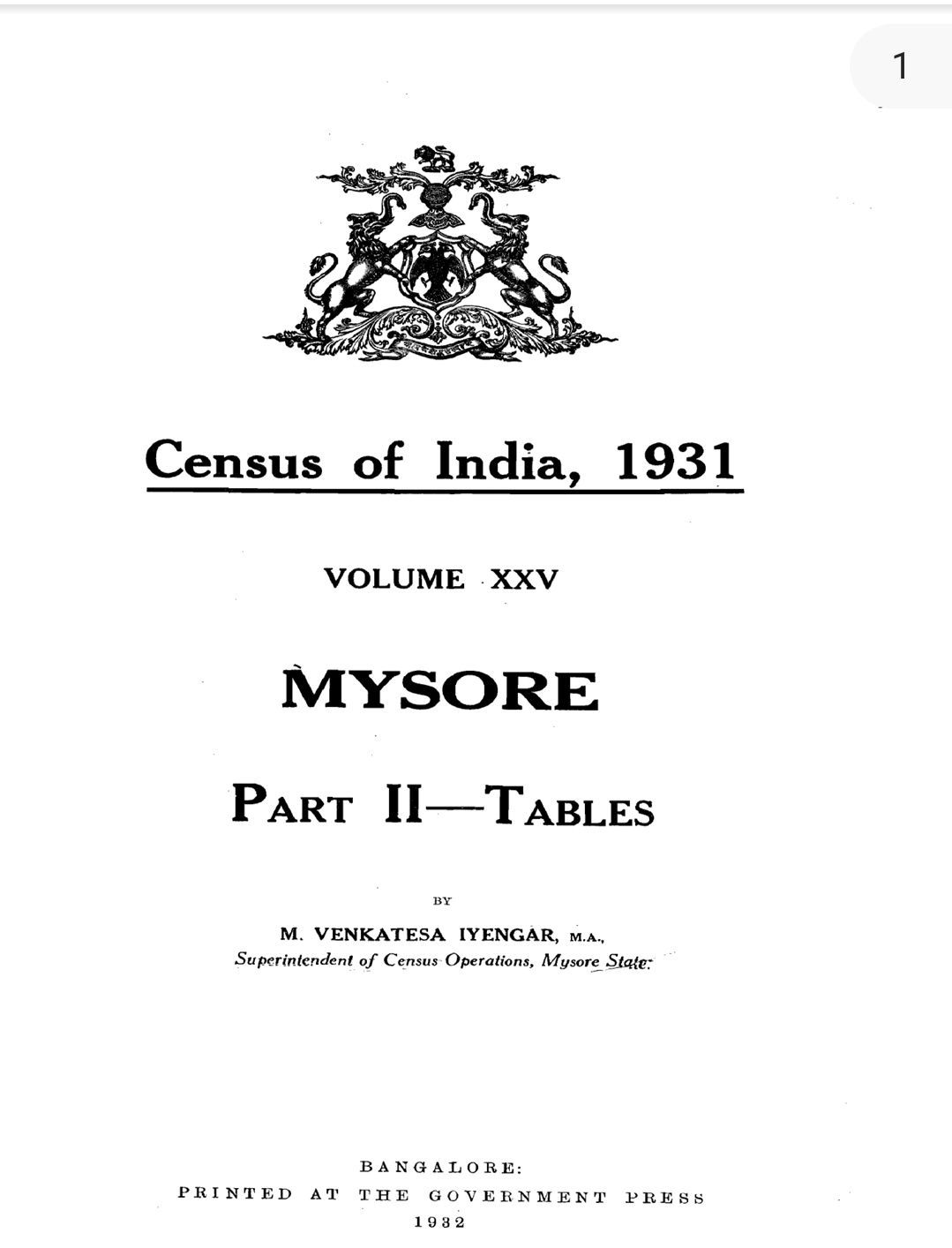Census Of India - 1931
The 1931 Census of India remains a landmark in the subcontinent's history, particularly for being the last census in which the British colonial administration collected and published comprehensive caste-based data. Conducted during the British Raj, the 1931 census was part of a decennial tradition of enumeration that began in 1871. However, this particular census has retained significant relevance for policymakers, scholars, and social reformers even decades after independence.
The British administration viewed the census as a tool not only for governance but also for understanding the complex social fabric of the Indian subcontinent.
1.Key Features:
1.The 1931 census offered the most detailed classification of castes and sub-castes across British India. While earlier censuses (like 1901 under Risley) had attempted caste classification, the 1931 census improved upon these efforts with more systematic data collection.
2.In addition to caste, the census collected data on religion, language, occupation, and other socio-economic markers, which gave a fuller picture of the Indian population.
3.The caste data was used by the British to understand and often reinforce the hierarchies within Indian society. It informed policies on representation, reservation, and recruitment in government services and the army.
4.There were methodological flaws, including the problem of classification, inconsistent reporting, and the political motivations of both the colonial state and local elites. Many communities were dissatisfied with their classification, and there was considerable debate over varna vs. caste categorizations.
2.Long-Term Impact:
After 1931, independent India did not publish caste data in full detail in subsequent censuses, except for Scheduled Castes and Scheduled Tribes. The absence of updated caste data has led many to rely on the 1931 figures for estimating population-based representation and reservations.
In recent years, there has been renewed demand for a caste census in India to better inform social justice policies. The 1931 census often serves as the only comprehensive baseline, despite being nearly a century old.
The 1931 caste census provides valuable historical insights into the social structure of colonial India. It reflects how colonial administrators viewed Indian society and how such classifications have had lasting socio-political consequences.
The 1931 caste census stands as both a valuable historical document and a controversial legacy of colonial rule. While it offered detailed insight into India’s complex caste structure, it also laid the groundwork for social divisions that persist to this day. As India continues to grapple with issues of representation and equity, the lessons,and limitations of the 1931 census remain highly pertinent.





Comments
Post a Comment